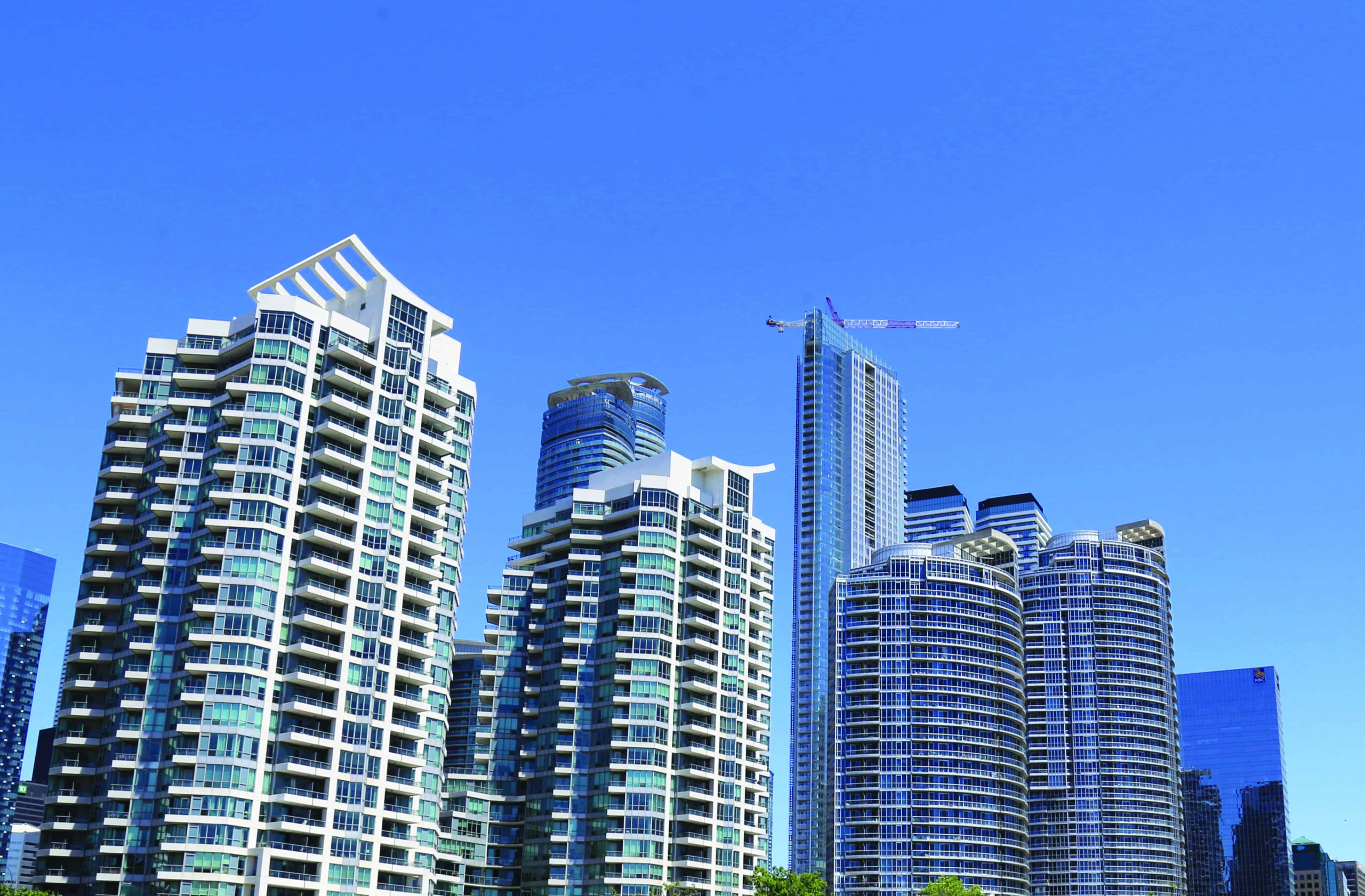We need to face the reality of affordable housing in Toronto, especially as we strive to retain communities and prevent gentrification.
Implementing rent-to-own programs, suggested by former mayoral candidate and chief city planner Jennifer Keesmaat, is of course, a way we can provide lower-income earners and those new to the housing market an opportunity to live in and own a home in Toronto. This gives tenants an opportunity to apply a portion of their monthly rent against the down payment on their home, so renting becomes a pathway to ownership.
Running neighbourhood improvement area programs and John Tory’s proposal to building more affordable housing in Toronto are also potential ways of easing the increase in housing prices in Toronto, while preventing the outflux of existing residents. They ensure that lower-income residents aren’t pushed out from the communities they live in, but instead prosper with the development around them.
However, we also need to be specific about what affordable housing should look like. We should recognize that single-detached homes are not the future — condos are.
Toronto is the fourth-largest city in North America and the largest in Canada — and it is growing. Skylines are inevitably going to be composed of more obstructive skyscrapers. Streets are going to be walked by more people. Businesses we like and don’t like will continue to sprawl throughout the city.
Living in Toronto today means that your dream two-storey detached home, perfectly unobstructed by views of skyscrapers and condominiums, remains exactly that: a dream. Students, unless you end up very rich soon, that dream needs to move to the suburbs, or turn into a condo.
Yet some residents do not want to change in line with the growing city. They view Toronto’s Manhattanization as a problem. Some are afraid of changes to their communities and to the landscape of their neighbourhoods. This reflects the Not-In-My-Backyard (NIMBY) attitude that is sprouting across the city.
Recently, outgoing City Councillor Janet Davis tweeted a picture of a “too-tall building,” which seemingly ruined the pleasure of the skyline for commuters driving west on Danforth Avenue. As well, famous Torontonian author Margaret Atwood, alongside several other high-profile residents in the Annex, have led a pushback against a mid-sized condo development in the neighbourhood.
This is not to say that NIMBYism is unfounded. Concerns of gentrification from the influx of rich people and hipsters are not new. But when the concerns of Davis and Atwood match up to the issues of housing shortages and decreasing affordability, then maybe the development of a new condominium in your neighbourhood is due.
The pushback on apartment and condo development is not helping. Rent prices are soaring while demand is intensifying. Many students on budgets and loans are struggling, and it’s only getting worse.
It’s time for us to stop pushing against the economic forces of high-rise development, and begin to incorporate them into our communities and neighbourhood identities. It is not sensical that some residents want neighbourhoods less tall and less busy, especially when key areas like Bloor Street and Yonge Street and the Annex are perfect locations for student housing.
There are, of course, many new ways that companies and institutions are currently mitigating the issue of affordability in Toronto.
As mentioned, neighbourhood improvement area programs can work to preserve your neighbourhood community identity. More organizations allow workers to work from home today than ever before.
Postsecondary institutions are promoting satellite campuses — such as UTM and UTSC — and it is unfortunate that the provincial government cancelled the funding of three new GTA university campuses. All three levels of government are funding and promoting new pathways for transit.
But these solutions do not compare to the physical construction of more housing within the city. And in a city where buildings can be built much faster than fast transit, what other solutions do we have for ensuring access to affordable housing, other than by building more housing upward?
Toronto is a bustling and fast-growing city. Investment, jobs, and opportunities are coming in faster than ever before — and following this growth are the people. Most will benefit. However, housing demand will continue to grow and so will the cost of living, unless we build more housing to counteract that.
The best solution is to build more high-rises. What Toronto’s communities need to do is open themselves up to further urban expansion and innovation. We need to grow and live with this reality — not oppose it. If you don’t like it, feel free to move to Ajax.
Abeir Liton is a second-year Political Science and Human Geography student at St. Michael’s College. Napas Thein is a second-year Public Policy and Urban Studies student at New College.


